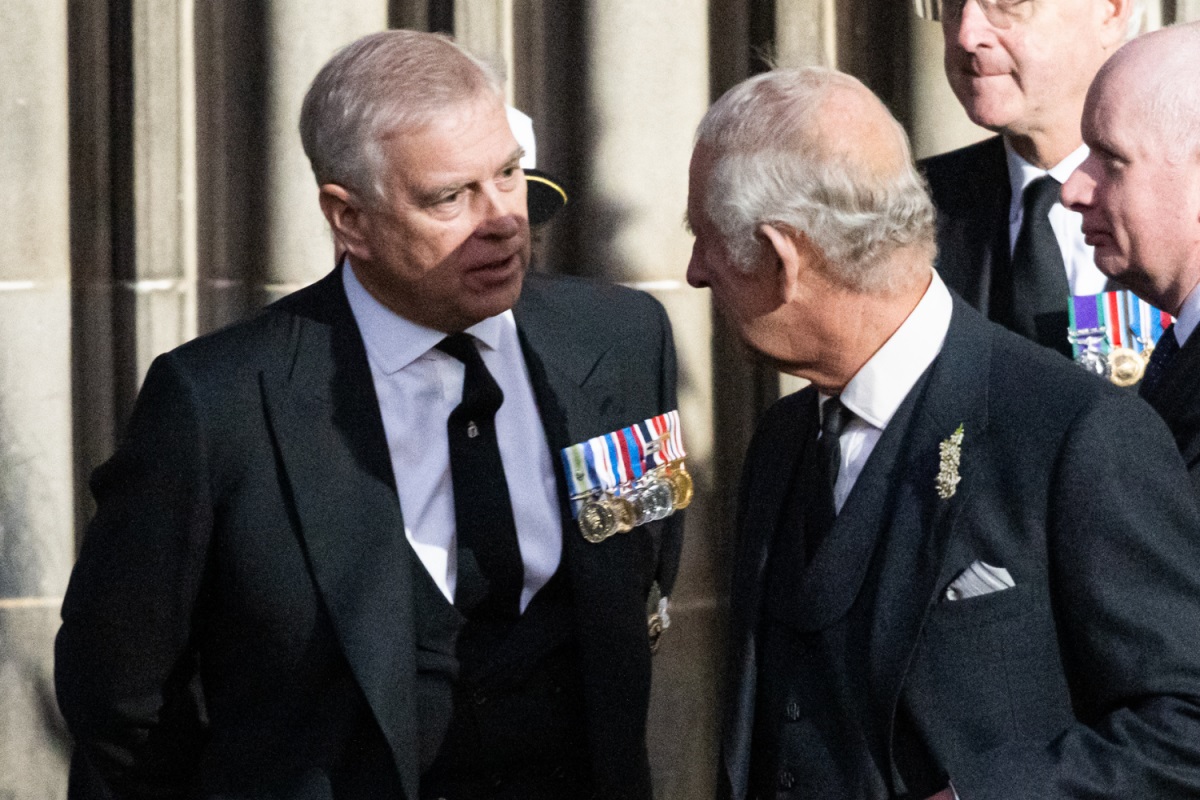The Duke of York, Prince Andrew, will be responsible for covering his own expenses for the upkeep and security of the Royal Lodge mansion in Windsor if he wishes to continue residing there.
Significant financial support from King Charles III and the Royal Family for the 30-room house in Windsor Great Park will not be available indefinitely.
While Prince Andrew holds a lease on the property through the Crown Estate until 2078, it is understood that he will need to be self-sufficient to meet the maintenance requirements for the historic 19th-century listed building.
The situation, referred to as the “Siege of Royal Lodge,” highlights the mounting pressure on Prince Andrew, who lives in the mansion with his ex-wife, Sarah Ferguson.
The release of an upcoming Amazon film about his infamous 2019 Newsnight interview is likely to intensify scrutiny, particularly regarding his connections to convicted sex offender Jeffrey Epstein.
However, sources suggest that the discussion around moving Prince Andrew out of Royal Lodge is driven by financial practicality rather than family tensions.
One possibility is relocating him to a smaller property, such as Frogmore Cottage, which was previously occupied by the Duke and Duchess of Sussex.
The need for a more affordable housing solution for the prince, now in his sixties, is seen as a long-term consideration, looking ahead 10 or 20 years.
If Prince Andrew can personally finance the high costs of maintaining and securing Royal Lodge, he may remain in the residence.
Otherwise, it seems that he will need to look through alternative housing options, as financial backing from King Charles is not expected to continue.
Should he vacate the property, Royal Lodge could potentially be repurposed by the Crown Estate as a commercial asset, possibly rented out while adhering to necessary security protocols due to its location on the Windsor estate.

Prince Andrew’s lease on Royal Lodge began in August 2003, following the death of Queen Elizabeth, the Queen Mother, who had previously lived there.
Rather than offering the mansion as a “grace and favour” residence, the Crown Estate agreed to lease it to the prince as a paying tenant, a financially advantageous arrangement.
At the time, Prince Andrew took on the substantial renovation costs, spending over £7.5 million on repairs, relieving the Crown Estate of that financial burden.
In addition to covering renovation costs, Prince Andrew made a one-time payment of £1 million to the Crown Estate.
Documents from the National Audit Office reveal that there was also an option to make a one-off payment of £2.5 million to buy out the annual rent.
The Crown Estate had considered leasing the property to the prince a better security measure than offering it to the general market, given its proximity to other royal residences.
The 75-year lease agreement prohibits Prince Andrew from profiting from any rise in the property’s value.
The lease can only be passed on to his daughters or widow, and if Prince Andrew terminates the lease, it reverts to the Crown Estate.
A clause in the agreement states that if he vacates the house within 25 years of the lease’s start, he would be compensated for his initial renovation payment, though that amount diminishes each year.
With just four years left in this arrangement, Prince Andrew would only recoup a small portion of the £7.5 million he spent on repairs.
After more than two decades of living at Royal Lodge, the focus now shifts to the ongoing costs of maintaining the property and providing security.
The question remains whether Prince Andrew can afford these expenses from his own funds, as the push for a more permanent resolution regarding his future residence becomes increasingly public.


